When most people think of Portuguese desserts, the iconic pastel de nata usually comes to mind. These small, custard-filled tarts, with their crisp, flaky crust and caramelized top, are undoubtedly delicious but Portugal’s pastry culture stretches far beyond this famous treat. Each region offers a unique sweet experience, shaped by local ingredients, centuries-old traditions, and a touch of indulgence that reflects the country’s love for flavor and texture.
Sintra: Travesseiros and Queijadas
The charming town of Sintra, nestled in the hills near Lisbon, is known for its romantic palaces and misty landscapes but it’s also home to a beloved pastry called the travesseiro, or “pillow.” These almond-filled pastries are made with puff pastry, filled with a sweet almond cream, and often dusted with powdered sugar. Each bite is soft, buttery, and lightly sweet, perfectly complementing the town’s elegant cafes and historic charm.
Not far from the travesseiros, you’ll find queijadas, small tarts made from cheese or sometimes curd, eggs, sugar, and cinnamon. They are slightly tangy, lightly sweet, and have been enjoyed for centuries, originally created by nuns in local convents. Sintra’s pastries are perfect examples of Portugal’s long-standing tradition of monastic sweets—rich, delicate, and rooted in history.
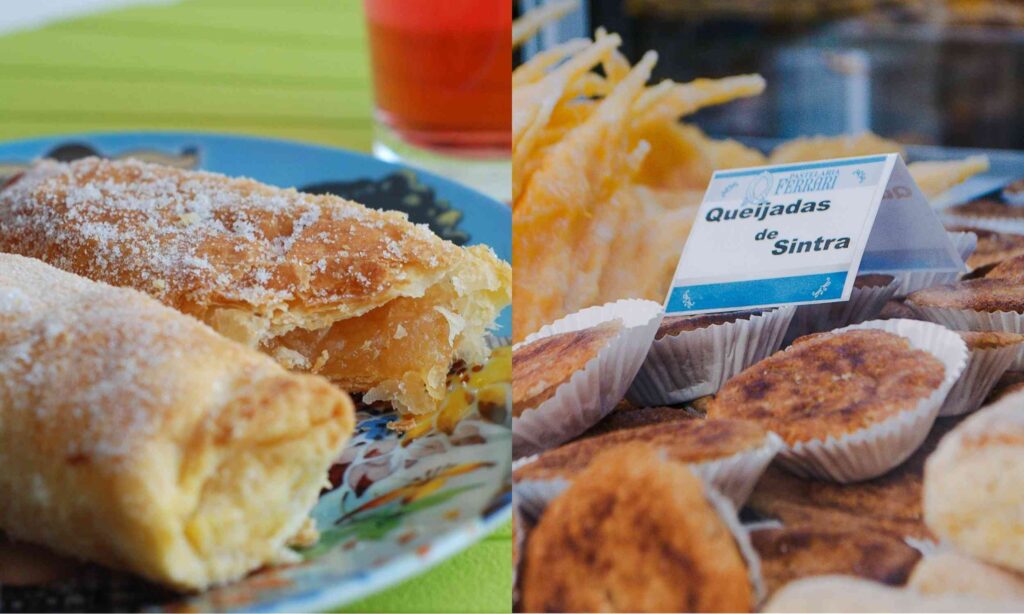
Coimbra and Its Conventual Sweets
Heading north, Coimbra offers another glimpse into the country’s conventual pastry heritage. Known for sweets such as pastéis de Santa Clara, these pastries combine egg yolk, sugar, and almonds in a crisp pastry shell. Named after a local convent, they are dense, rich, and slightly chewy, making them a decadent treat best enjoyed with coffee. The conventual pastries of Coimbra, much like Sintra’s offerings, showcase the Portuguese mastery of eggs and sugar—a combination that has delighted locals and visitors for centuries.
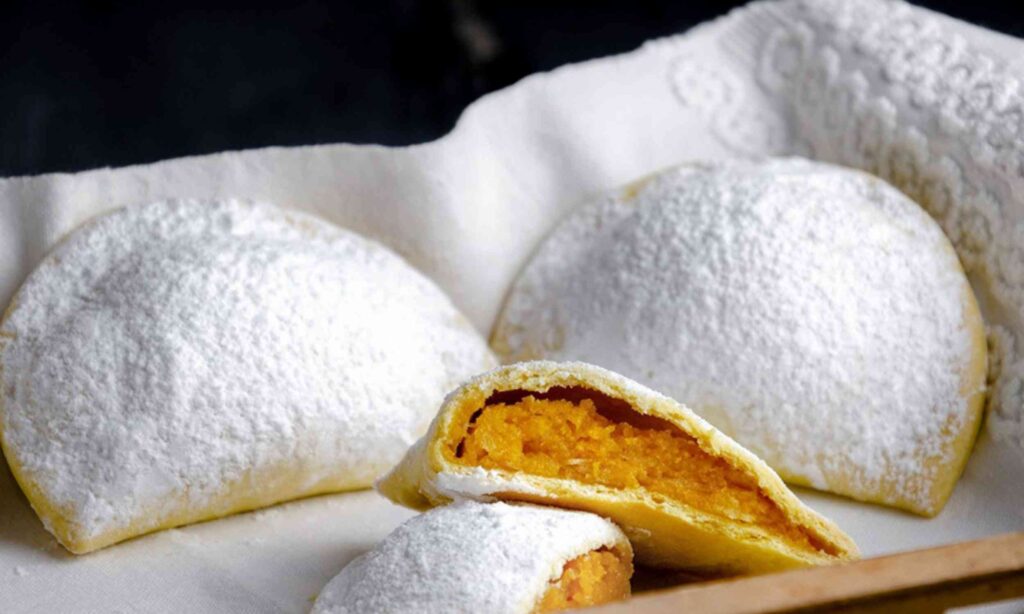
Aveiro: Ovos Moles
Aveiro, often called the “Venice of Portugal” for its picturesque canals, is famous for ovos moles, or “soft eggs.” This delicacy consists of a sweet egg yolk filling, sometimes infused with a touch of rum, encased in thin, wafer-like shells shaped like barrels or fish—a nod to the town’s maritime heritage. Ovos moles are silky, sweet, and utterly unique, highlighting how Portuguese pastries often carry a story, linking flavor to local culture and history.
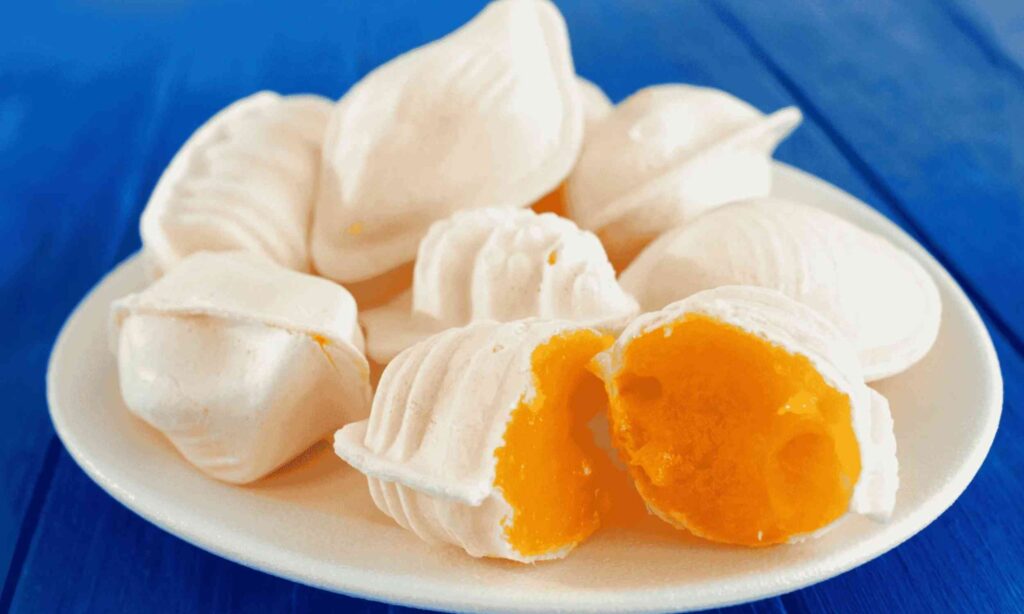
Porto and Northern Influences
In Porto and the surrounding north, pastries tend to be slightly richer and heartier. One example is the pão de ló, a spongy, egg-rich cake with a simple yet indulgent texture. Versions vary from extremely soft and gooey in the center to drier, more structured cakes, often dusted with powdered sugar. Another northern specialty is the fidalgo de Braga, a sweet pastry with layers of almond and sugar paste, showing the region’s penchant for nut-based treats.
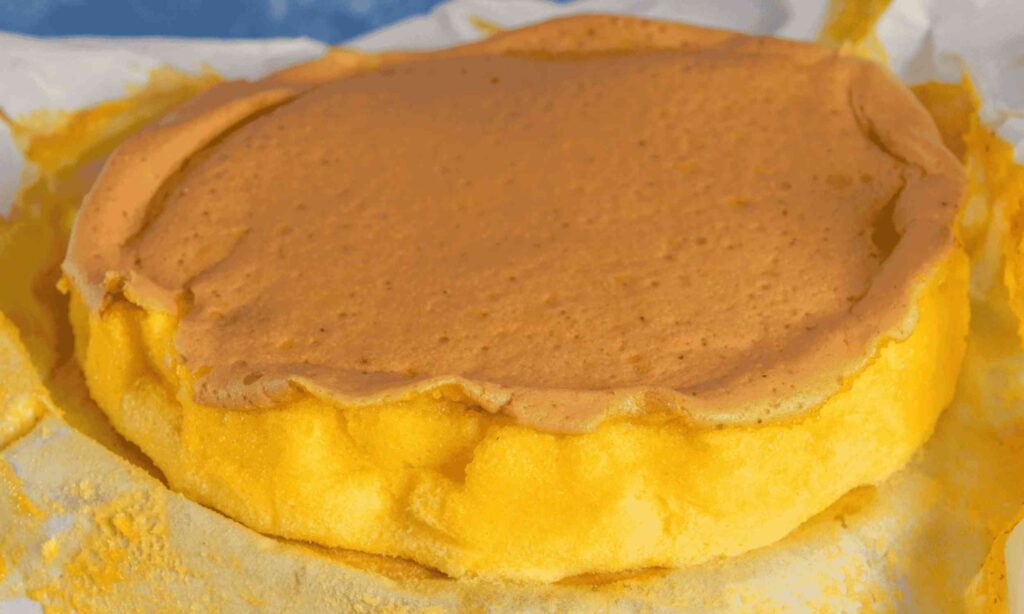
Madeira and the Islands: Tropical Twists
Portugal’s islands bring their own flair to the pastry scene. In Madeira, desserts often incorporate local tropical fruits such as passion fruit and banana. The bolo de mel, a honey cake flavored with molasses and spices, is a traditional Madeiran sweet that’s dense, rich, and full of character. Island pastries show how Portuguese dessert traditions adapt to local ingredients while maintaining a signature richness and attention to detail.
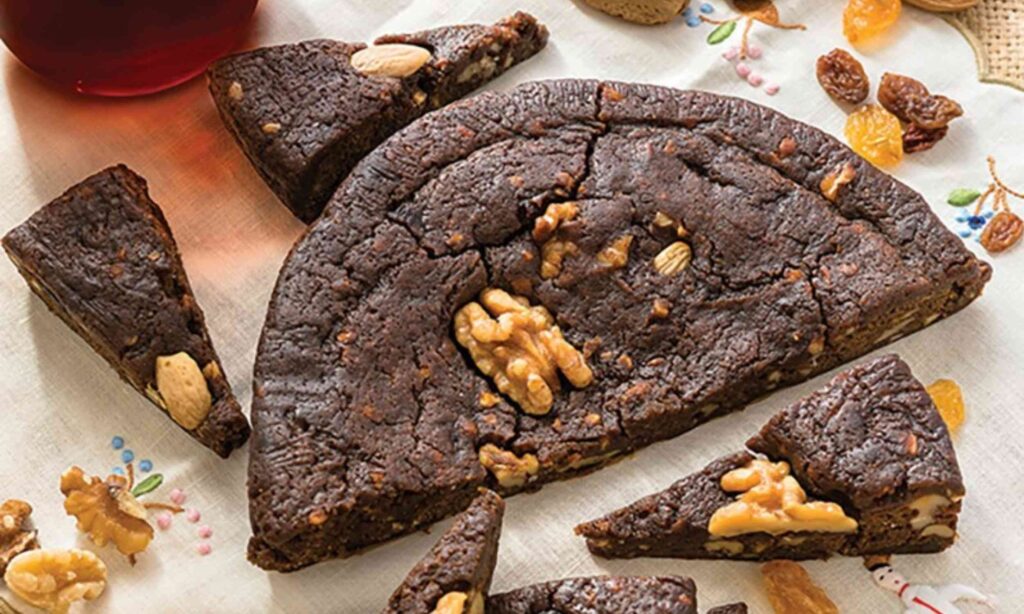
Lisbon’s Hidden Gems
Even in Lisbon, where pastel de nata dominates the tourist radar, local bakeries offer a treasure trove of other sweets. From trufas de chocolate to bolo rei during the holiday season, Lisbon is a playground for those seeking variety. Small neighborhood bakeries may surprise visitors with regional specialties from the north or central Portugal, showcasing the country’s culinary diversity in every bite.

The Legacy of Conventual Pastries
What unites many of Portugal’s pastries, whether from Sintra, Coimbra, or Porto, is their monastic heritage. Nuns and monks historically crafted these sweets using simple ingredients: sugar, eggs, and almonds. Over time, these recipes were passed down and adapted, creating the regional diversity we see today. The result is a pastry culture that is indulgent, historically rich, and deeply tied to Portugal’s identity.
For travelers or locals looking to go beyond the pastel de nata, Portugal offers a universe of flavors, textures, and stories. Sampling pastries across regions is more than a culinary adventure; it’s a way to understand local traditions, connect with centuries of history, and appreciate the artistry behind each confection. Whether it’s the almond-filled travesseiros of Sintra, the eggy ovos moles of Aveiro, or the honey-rich bolo de mel of Madeira, every pastry is a small piece of Portugal waiting to be savored.
In Portugal, sweets are never just sweets — they’re a reflection of place, history, and love for craftsmanship. So next time you reach for a pastel de nata, consider exploring the lesser-known treats. Your taste buds and your sense of adventure will thank you.
